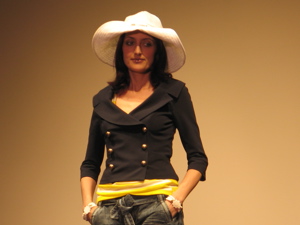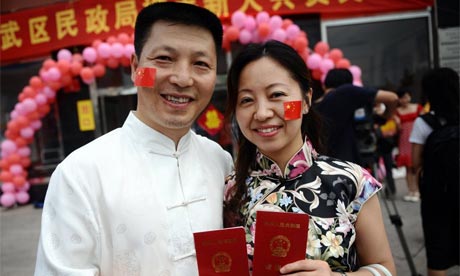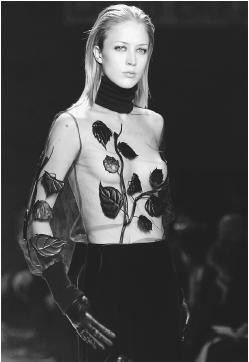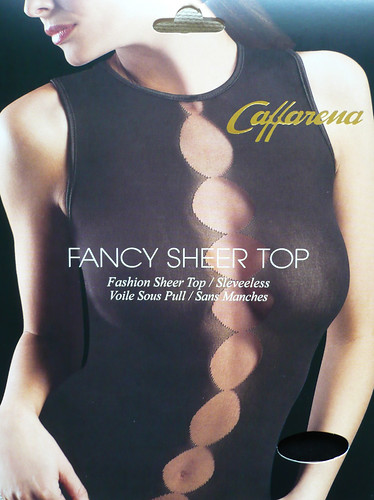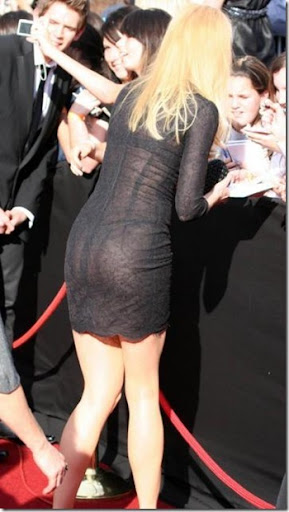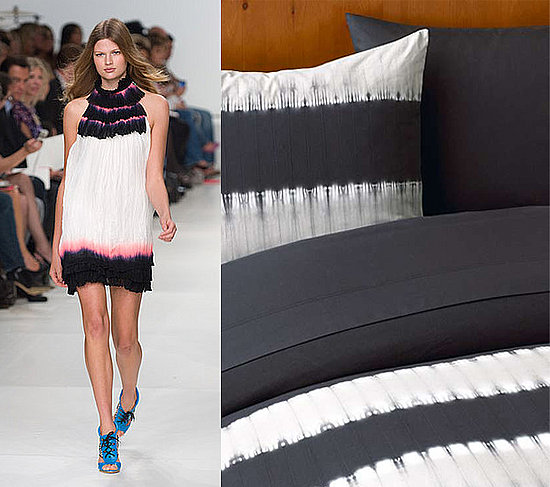

Mongols do like to wear nice, richly decorated clothes which compensate the simple, ascetic nomadic lifestyle. A harsh climate and uneasy life demand attention to ýõó smallest details of clothes.
The nomads' wardrobe is compact but has many variations able to serve for different purposes. "It is amazing how this nation invented clothes that can fit all seasons and needs, well thought off and used in many different ways," wrote Medieval travelers from Europe.
In general, Mongolian clothes follow the principle "What I have, do bear along."
Sudden changes of weather with temperatures fluctuating up to 20 degrees, sudden snow or sand storms make nomads to be always ready in any situation.
When a nomadic herder takes his sheep flock to pastures, he carry along everything needed to survive.
However, this does not necessarily mean big bags as riding a horse and tending animals requires freedom of movements, and clothes are designed in a such way as to allow freedom.
A universal deel
Deel or a long textile gown forms the basis of almost all Mongolian clothes. Beside being a main cloth, it can serve as a blanket, tent and cover against unwanted glances. Depending on weather or work needs, other pieces such as jacket or coat can supplement the deel.
Deel protects perfectly against cold and winds. If necessary, its long sleeves are rolled down to serve as gloves. Wide sash, made of several meters long textile, serves as a corset protecting against severe shaking during a fast horse ride. It also serves as a hanger to which a knife, firestone, cup and other accessories can be attached.
A pocket formed by deel above the sash, makes an ideal place for keeping small items. In the nomadic culture, special attention was given to the quality of clothes and its tidiness since a missing button, undone seam or loose knot could have cost one's life during a sudden snow storm or fast horse ride.
Hats
There were over 100 types of hats, different in shape and purpose - for young and old, men and woman, fashionable and everyday hats. For summer and winter, holiday and ceremonies.
Regular hats like "louz" can serve for all occasions. In winter the hat edges can be lowered and protect against wind or cold. On warmer days sides are rolled up and tied on back side.
Hats are very functional, but also make the main piece of the clothes. Each hat was richly embroidered with silk, velvet, ornaments, furs and even precious stones. Often long tassels and red strips streaming in wind would make the owner look very stylish. That is why an expression "red tasseled Mongols" was often used. The hats embroidery and ornaments would also indicate the social status and even age of its owner.
It is advisable to keep one's hat on when entering gher, a traditional nomadic dwelling. The rules of etiquette forbade to greet or meet anybody bareheaded. In the olden days neither a man, nor woman was allowed to go into the street or enter someone's house without wearing a hat.
 In old times it was considered to be a humiliating punishment if the "zangia" - a round shaped knot decoration crownøèà the hat, was torn off. To tread or step over it is considered to be insult to the owner.
In old times it was considered to be a humiliating punishment if the "zangia" - a round shaped knot decoration crownøèà the hat, was torn off. To tread or step over it is considered to be insult to the owner.
Greeting another person or wishing goodwill is always done with one's hat on as a sign of respect. Such a traditional importance attached to headdresses in the past is still carries on.
Shoes
Mongolian boots, known as "gutul" fit ideally horse riding. They are spacious enough and the slightly uplifted boots forward end prevents from being caught in stirrups, in case rider falls off.
Stiff and high bootlegs protect when walking in summer high grass and winter snow. The upped nose leaves enough air space to prevent from getting cold in winter.
Traditional boots are usually worn with a felt sock made according to boots shape. The upper part of the socks coming out of the boots are usually embroidered with silk, leather, various ornaments and applications.
There are other types of boots used for different seasons and purposes. Normal high heeled soft boots, called boitog, are used mostly for hunting or long walking trips. In winter a fur cover called degtii is put over boots. The boots heels can be soft and hard, low or high depending on the nature of their use.
Boots are made of the skin of cattle or in special cases, skin of such wild animals as deer, wild goat or sheep. Though shoe making is a long and tedious process, traditionally it was female duty to make them.
Women costume
With the strong European cultural influence over the last seven decades, the traditional Mongolian clothes have become more simple and modern Mongolian women do not need the artistry of their grandmothers.
A full women costume can be seen now only in museums, art exhibition of grandmother's trunk.
Traditional woman costume is very bright and lavishly decorated. Especially exotic was the married woman's hair dress resembling wild sheep horns or wings.
Though there is a legend saying that this headdress reminds about a woman who looks like bird with two wings protecting the hearth, it had rather an aesthetic meaning and eventually was replaced with a wig.
Mongolian women traditionally have had long hairs. To maintain and decorate elaborate hair- do, women used many types of golden and silver hair-pins and slides, often precious stones.
Festive clothes look specially decorative using combinations of such contrast colors as red and green. With the time a silk sash was changed into a leather one.
A long silken or just an ornamented jacket was put over deel, a traditional clothe. On cold days, there was a jersey available. Women form noble families wore light capote or coat.
Women cloth can not go without a head dress, lavishly embroidered with gold and silver threads, corals and pearls. Other jewelry accessories made of silver and precious stones were also worn. Long earrings with many details completed the head dress decorated with strips.
A full costume won't be complete without a small bag with aromas, cuspidor (spittoon) and small items for treating hands and skin. Many women also used small, lavishly decorated boxes for sniff tobacco.
Girls and young women wore more modest clothes than married ones. Their deel was of less contrasting colors, more soft and fine.
Head dress consisted of round, cup shaped hat decorated with a red ball from which a long lace hang.
Red laces combined with softly shining pearls and silver jewelry were used to attract attention of passing man, while long deel tightly tied on waist, stressed the slender waist.
So exotic and colorful are Mongolian clothes that French artists working on the latest episode of the Star Wars could not resist but to adopt a full dress of a Mongolian woman for Queen Amadala.
Source : http://www.mongoliatoday.com/issue/7/clothes.html

